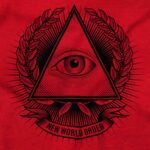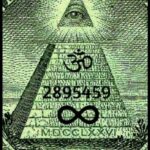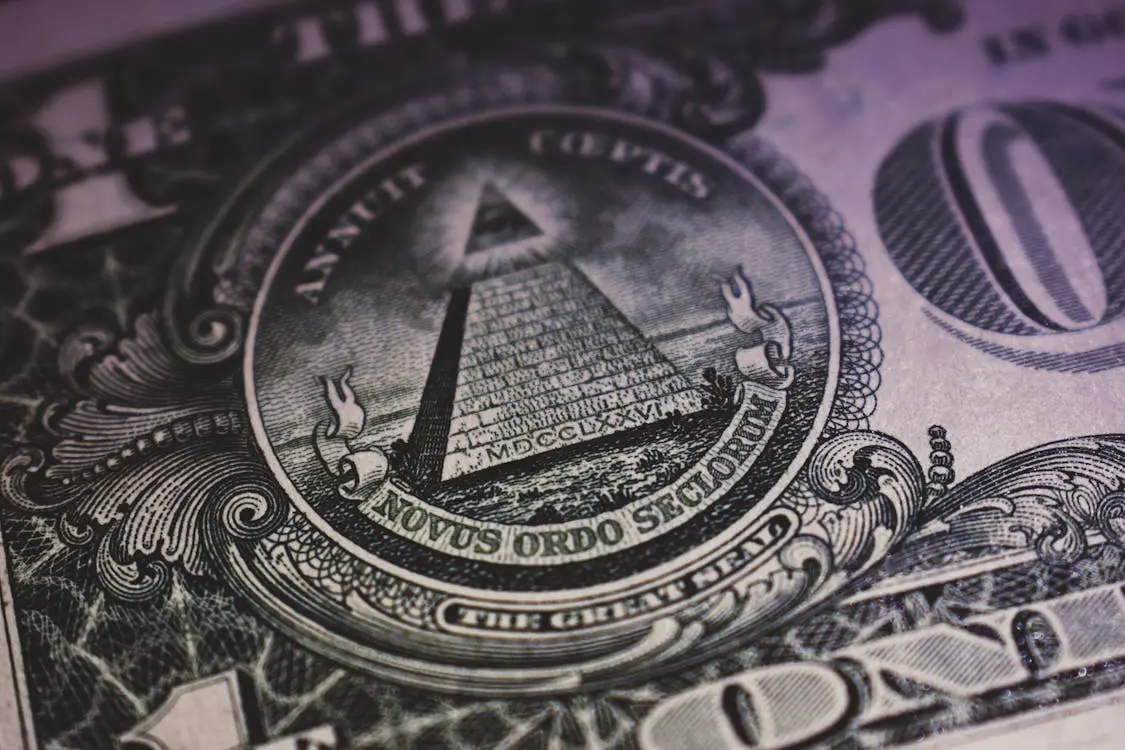Many people interested in conspiracy theories, secret societies, and covert power structures have been captivated by the phrase 13 Families of Illuminati. These families are thought to be at the top of a global elite that controls critical systems of culture, politics, and the economy. What, however, is the reality of these assertions? Let’s examine the history, hypotheses, and relevance of the alleged Illuminati families.
What Are the 13 Illuminati Families?
Many people characterize the 13 Illuminati families as strong lineages that dominate society, politics, and a large portion of the world’s riches. These families are said to work in the background to ensure their impact is felt everywhere. The Rothschilds, Rockefellers, DuPonts, and Kennedys are among the families frequently mentioned; however, the exact list changes based on the source.
Conspiracy theories that contend these dynasties have held onto power for generations, frequently through covert means, are the foundation of the Illuminati family. Supporters argue that these families are united in their desire to create a single world government that works for them or a New World Order.
Origins of the Illuminati
The idea of the Illuminati originated in the late 1700s, more precisely with Adam Weishaupt’s founding of the Bavarian Illuminati, a covert organization in Bavaria, Germany, in 1776. The group’s mission was to oppose political and religious oppression and advance Enlightenment values like reason and independence. However, many people think the Bavarian Illuminati has vanished because it was formally disbanded in the late 1780s.
The original Illuminati society is very different from how it is seen now. The phrase has evolved to connote international aristocratic families and dubious power systems. This evolution has stoked numerous speculations concerning the 13 families of the Illuminati and their purported influence over global events.
Key Illuminati Families:
- The Rothschild Family
- Arguably, the most famous Illuminati family, the Rothschilds, have been associated with immense wealth and financial influence for centuries. Originating in Frankfurt, Germany, the Rothschild banking dynasty became one of Europe’s most powerful economic entities during the 19th century. Conspiracy theories often claim the Rothschilds control central banks worldwide.
- The Rockefeller Family
- The Rockefellers made their fortune in the oil industry, with John D. Rockefeller founding Standard Oil in the late 19th century. The family’s philanthropic endeavors and involvement in institutions like the United Nations have fueled speculation about their role in shaping global policies.
- The DuPont Family
- Known for their influence in the chemical industry, the DuPont family has been linked to the Illuminati through their wealth and political connections. Due to their historical significance in American industry, they are often cited as one of the 13 families.
- The Kennedy Family
- The Kennedys are a prominent political dynasty in the United States. While their inclusion in the list of Illuminati families is debated, their wealth, power, and influence have made them a frequent subject of conspiracy theories.
Theories Surrounding the 13 Families
Supporters of the 13-family Illuminati theory claim these bloodlines are interconnected through marriage, business, and shared interests. They are believed to orchestrate major global events, from wars to economic crises, to maintain their dominance.
Some of the common claims include:
- Control of Global Finance: The 13 families are alleged to own major banks, corporations, and international organizations, giving them disproportionate influence over the world economy.
- Media Manipulation: Many theorists believe these families own or control mainstream media outlets, shaping public opinion and suppressing dissenting voices.
- Political Puppeteering: It is often claimed that world leaders are mere figureheads, with absolute power residing in the hands of these families.
- Pursuit of a New World Order: A recurring theme is that the Illuminati families aim to establish a unified global government, concentrating power in their hands.
Separating Fact from Fiction
While the idea of the 13 families of the Illuminati is fascinating, it is essential to approach these claims critically. Much of the evidence presented is anecdotal or speculative, with little to no verifiable proof. Many historians and scholars argue that these theories oversimplify complex global systems and attribute undue power to a select few.
However, it’s undeniable that wealth and influence often run in families, and dynastic power structures are a historical reality. Theories about the Illuminati family tap into legitimate concerns about inequality, corruption, and the concentration of power.
Conclusion
The idea of the 13 Illuminati families is still fascinating and controversial. These ideas serve as a reminder of the timeless appeal of power and secrecy, regardless of whether they are seen as an actual conspiracy, a warning story, or a mirror of society’s worries. If we are aware of the roots and ramifications of these concepts, we may more effectively negotiate the intricate narratives that influence how we see the world.
When investigating these mysteries, it’s vital to strike a balance between critical thinking and curiosity to ensure that our knowledge is based on reality rather than fantasy.
Related Articles:

















